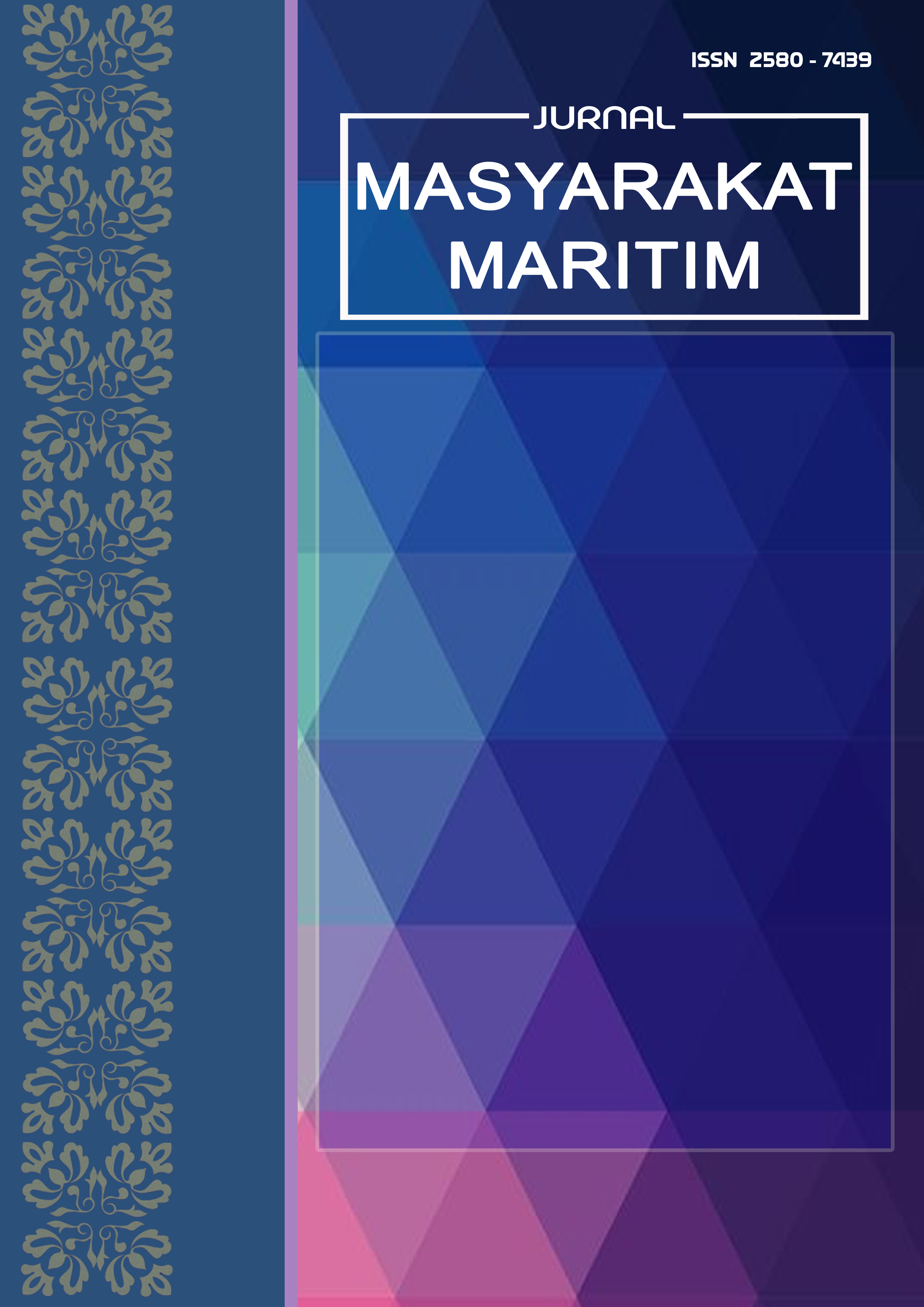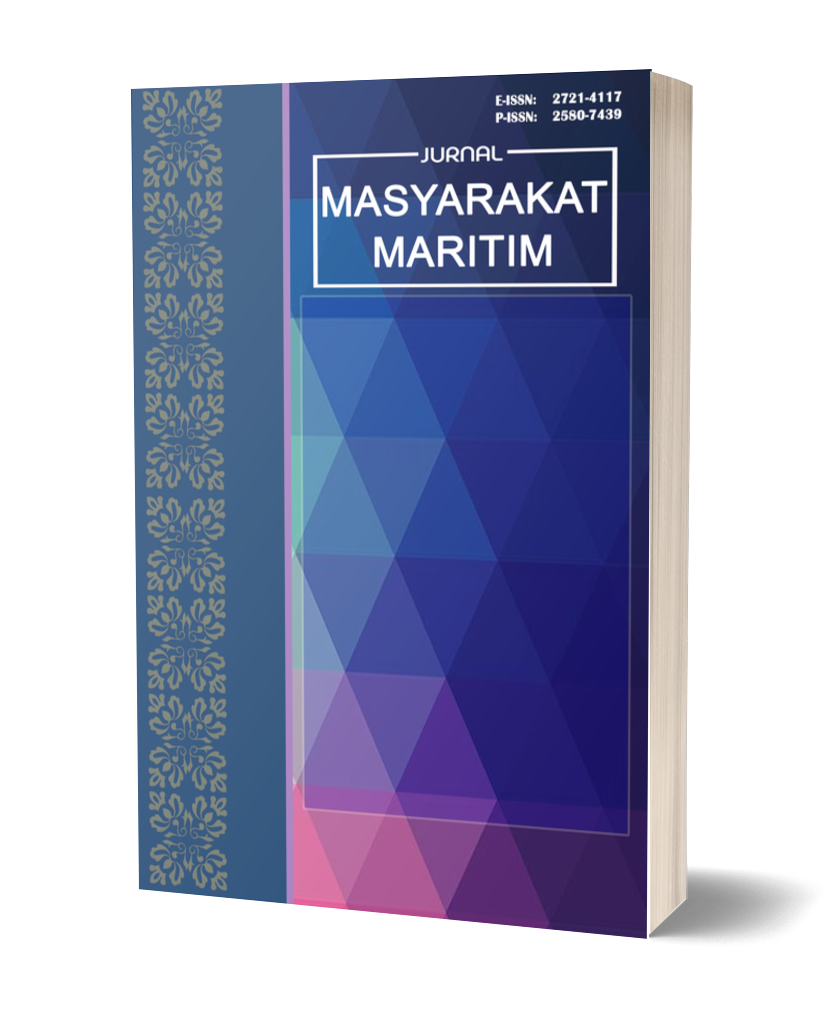Livelihood Strategies of Rainfed Rice Farmers During the Covid-19 Pandemic in Kalampadu Village, Ogan Ilir Regency
DOI:
https://doi.org/10.31629/hwkvqd18Keywords:
Livelihood Strategies, The Covid-19 Pandemic, Rain-Fed FarmersAbstract
The COVID-19 pandemic has profoundly affected rural livelihoods, particularly among rainfed rice farmers whose income heavily depends on seasonal rainfall and market access. This study explores the livelihood strategies adopted by rainfed rice farmers in Kalampadu Village, Ogan Ilir Regency, during the pandemic era. The research aims to identify how farmers adapted their agricultural and non-agricultural activities in response to declining productivity, market disruptions, and mobility restrictions. Using a qualitative descriptive approach, data were collected through in-depth interviews, field observations, and documentation involving 25 farming households. The analysis applied the Sustainable Livelihood Framework (SLF) to assess changes in five livelihood assets: human, natural, physical, financial, and social capital. The findings indicate that farmers experienced significant income reduction due to unstable rainfall patterns and limited access to agricultural inputs. To cope, they diversified their income sources through wage labor, small-scale trading, livestock rearing, and social network-based cooperation. Social capital played a crucial role in maintaining food security and sustaining mutual aid systems such as “gotong royong.” Furthermore, women contributed to household resilience by engaging in home-based economic activities, including food processing and handicrafts. The government’s social assistance programs and local institutions’ support were identified as key external factors enhancing adaptive capacity. This study concludes that livelihood sustainability among rainfed farmers during the pandemic relied on a combination of diversification, adaptation, and social collaboration. Strengthening local institutional capacity and promoting climate-resilient agricultural practices are recommended to enhance future livelihood resilience in rural communities vulnerable to environmental and economic shock
Downloads
References
Brown, D., Stephens, E., Ouma, J., Murithi, F., & Barrett, C. B. (2006). Livelihood strategies in the rural Kenyan highlands. African Journal of Agricultural and Resource Economics, 1(1), 21–36. http://ageconsearch.umn.edu/bitstream/57019/2/0101 Barrett - FINAL & Fr abstract 5 Mar.pdf%5Cnhttp://econpapers.repec.org/article/agsafjare/57019.htm
Budiyanti, I., & Dharmawan, A. H. (2018). Strategi Nafkah dan Relasi Sosial Rumahtangga Petani Tebu (Studi Kasus: Desa Jenar, Kecamatan Jenar, Sragen). Jurnal Sains Komunikasi Dan Pengembangan Masyarakat [JSKPM], 2(1), 105–122. http://ejournal.skpm.ipb.ac.id/index.php/jskpm/article/view/131%0Afile:///C:/Users/user/Zotero/storage/DEJFPNZB/131.html
Burhanuddin, C. I., & Abdi, M. N. (2020). AkMen AkMen. Krisis, Ancaman Global, Ekonomi Dampak, Dari, 17, 710–718.
Creswell, J. W. (2014). Research Design: Qualitative, Quantitative, and Mixed Methods Approaches (FOURTH EDI). SAGE.
Dharmawan, A. H. (2007). Sistem penghidupan dan nafkah pedesaan. Jurnal Transdisiplin Sosiologi, Komunikasi, Dan Ekologi Manusia, 1(2), 169–192. https://journal.ipb.ac.id/index.php/sodality/article/viewFile/5932/4609
Engkus, Suparman, N., Sakti, F. T., & Anwar, H. S. (2019). Covid-19: Kebijakan Mitigasi Penyebaran Dan Dampak Sosial Ekonomi Di Indonesia. Journal of Chemical Information and Modeling, 53(9), 1689–1699.
Febrianti, D. A. (2018). The Forming of Social Capital between Corporation and Community through the Implementation of CSR Programs: Case Study of An Offshore Oil and Gas Company in North Jakarta. MASYARAKAT: Jurnal Sosiologi, 23(2), 213–234. https://doi.org/10.7454/mjs.v23i2.8189
Iorio, M., & Corsale, A. (2010). Rural tourism and livelihood strategies in Romania. Journal of Rural Studies, 26(2), 152–162. https://doi.org/10.1016/j.jrurstud.2009.10.006
Moleong, L. J. (2000). Metode Penelitian Kualitatif. PT Remaja Rosdakarya.
Muhyiddin. (2020). Covid-19, New Normal dan Perencanaan Pembangunan di Indonesia. The Indonesian Journal of Development Planning, IV(2).
Pattiselanno, A. E., Jambormias, E., & Sopamena, J. F. (2018). 4390-12318-3-Pb. 11, 104–120.
Rakodi, C. (1999). A capital assets framework for analysing household livelihood strategies: Implications for policy. Development Policy Review, 17(3), 315–342. https://doi.org/10.1111/1467-7679.00090
Sopamena, J. F., Pattiselanno, A. E., & Laimeheriwa, S. (2020). Livelihood Strategy and Adaptation Pattern To Rainfall Anomaly in Tomra Village, Leti District, Southwest Maluku Regency. SEPA: Jurnal Sosial Ekonomi Pertanian Dan Agribisnis, 17(1), 24. https://doi.org/10.20961/sepa.v17i1.39436
Sugiyono. (2014). Metode Penelitian Kombinasi (Mixed Methods) (Sutopo (ed.)). ALFABETA.
Sumarti, T. (2007). Kemiskinan Petani dan Strategi Nafkah Ganda Rumahtangga Pedesaan. Sodality: Jurnal Sosiologi Pedesaan, 1(2), 217–232. https://doi.org/10.22500/sodality.v1i2.5930
Teriola, E. W., Girsang, W., & Wenno, N. F. (2018). Strategi Nafkah Dan Kemiskinan Di Kepulauan Tanimbar ( Studi Kasus Rumah Tangga Petani Di Desa Lelingluan Kecamatan Tanimbar Utara Kabupaten Kepulauan Tanimbar ) ( Case Study Of Farmer Households In The Vilage. Jurnal Agribisnis Kepulauan, 6(2), 199–211.
Tittonell, P. (2014). Livelihood strategies, resilience and transformability in African agroecosystems. Agricultural Systems, 126, 3–14. https://doi.org/10.1016/j.agsy.2013.10.010
Tridakusumah, A. C., Elfina, M., & Mardiyaningsih, D. I. (2015). Pola Adaptasi Ekologi Dan Strategi Nafkah Rumahtangga Di Desa Pangumbahan. Sodality: Jurnal Sosiologi Pedesaan, 3(3), 85–90. https://doi.org/10.22500/sodality.v3i3.10638
Yulasteriyani, Randi, M. H. (2019). Kemiskinan Masyarakat di Indonesia?: Perspektif Sosiologi Islam dan Fenomenologi Barat. 25(2).
Yulasteriyani. (2018). Kemiskinan masyarakat petani sawah tadah hujan di desa kalampadu, muara kuang, ogan ilir, sumatera selatan (pp. 1–130).
Yulasteriyani, Y., Suwartapradja, O. S., & Mulyana, N. (2021). Typology of Rainfed Rice Farmers’ Social Actions in Ogan Ilir Regency, South Sumatra Province. Society, 9(2), 571–585. https://doi.org/10.33019/society.v9i2.226
Published
Issue
Section
License
Copyright (c) 2023 Yulasteriyani Yulasteriyani, Randi Randi, Dian Sri Andriani (Author)

This work is licensed under a Creative Commons Attribution-ShareAlike 4.0 International License.














